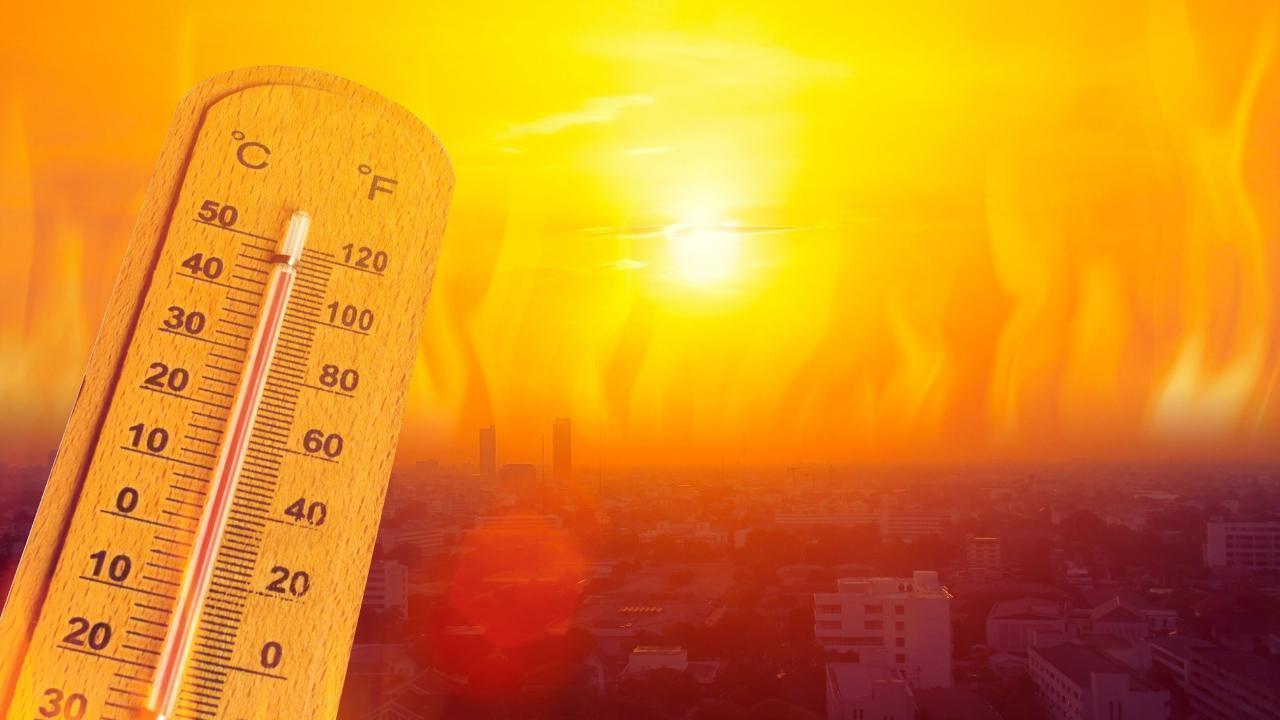
Post by : Anish
For decades, evenings in the Middle East were a cultural escape from the region’s intense daytime heat. From lively outdoor cafés in Amman to bustling souks in Jerusalem, nightfall offered relief and a sense of normalcy. But this summer has broken that long-standing rhythm. Record-breaking nighttime heatwaves have gripped the Middle East, with temperatures refusing to dip below 35°C in many cities after dark. In some cases, overnight lows hovered near 40°C, creating what climate experts call “hellish nights.”
This phenomenon marks a critical shift in climate patterns. Nights are warming faster than days globally, and the Middle East, already one of the hottest regions on Earth, is at the frontline of this trend. For millions who depend on cooler nights for rest and recovery, the consequences extend far beyond discomfort—they are altering health outcomes, economic activity, and cultural traditions.
Daytime heat is challenging, but most communities are equipped to manage it with shaded spaces, hydration practices, and workplace adjustments. Nighttime, however, has traditionally served as a natural cooling period, allowing bodies, buildings, and infrastructure to release stored heat. When this cooling window disappears, the human body struggles to regulate temperature, leading to heat stress and a rise in related illnesses.
Medical professionals across Jordan, Israel, and neighboring countries report an increase in cases of heat exhaustion and dehydration, even among young and healthy individuals. Hospitals in cities like Amman and Tel Aviv have reported spikes in ER visits during late-night hours, a scenario almost unheard of in previous decades. For vulnerable groups—elderly residents, outdoor laborers, and those in poorly insulated homes—the risk is exponentially higher.
In Middle Eastern societies, evenings are deeply tied to social life. Families gather outdoors, markets come alive, and festivals stretch late into the night. These customs are now facing an existential challenge. In Jerusalem’s old city, merchants report fewer visitors after sunset, citing unbearable heat even in shaded alleys. In Amman, open-air cafés have seen a decline in patrons, pushing business owners to invest in expensive cooling systems just to survive.
Religious practices are also being reshaped. Late-night congregational prayers during Ramadan or evening church gatherings now require special cooling arrangements. Some mosques and churches have extended indoor spaces with heavy reliance on air-conditioning, raising energy demands during peak consumption hours.
Extreme nighttime heat brings with it significant economic costs. Energy consumption skyrockets as air conditioners and cooling systems run around the clock. Power grids in Israel and Jordan recently recorded their highest-ever nighttime loads, leading to rolling blackouts in certain areas. Governments are grappling with the challenge of ensuring uninterrupted supply without overwhelming infrastructure.
The private sector is also feeling the heat—literally. Hospitality and tourism, key economic drivers for many Middle Eastern economies, are taking a hit as visitors cancel evening desert tours and rooftop dining experiences. Even local weddings, often scheduled in cooler evening hours, are being moved indoors or postponed, disrupting an entire industry.
What makes nighttime heatwaves particularly dangerous is the role of humidity and urban heat islands. Cities like Tel Aviv and Amman, with dense construction and limited green spaces, trap heat during the day and release it slowly at night. This effect, combined with rising global temperatures and changing wind patterns, creates nights that feel like an extension of daytime heat.
Climate scientists warn that these conditions are no longer anomalies. They represent a new climate reality for the Middle East—a region already warming at twice the global average. If global greenhouse gas emissions remain unchecked, such heatwaves could become a yearly norm rather than an occasional extreme event.
The health implications of hotter nights are profound. The human body needs cooler nighttime temperatures to recover from heat exposure during the day. Without this, the risk of heat-related illnesses, including strokes and cardiovascular stress, increases sharply. For people with chronic conditions like diabetes or respiratory diseases, this can be life-threatening.
Children and elderly individuals are particularly vulnerable, and in many cases, homes lack adequate cooling systems. Rural and low-income households bear the brunt, unable to afford the rising costs of electricity or modern insulation techniques. Public health experts fear that, without targeted intervention, the region could face a silent health crisis in the coming years.
Governments and urban planners are now under pressure to rethink the design and resilience of cities. Some municipalities are exploring heat-reflective building materials, rooftop gardens, and urban tree-planting initiatives to counter the heat island effect. There is also a growing conversation about revising work and school schedules, allowing more flexibility during peak heat periods.
On the policy front, subsidies for energy-efficient appliances and incentives for solar-powered cooling systems are being discussed. However, these measures require time, funding, and widespread public awareness—resources that many developing economies in the region may struggle to mobilize quickly.
In the face of these challenges, communities are finding creative ways to cope. Some neighborhoods are reviving traditional cooling practices, such as using wind towers and water-based ventilation, while others are embracing modern tech solutions like smart thermostats. Social life is gradually shifting indoors, with malls, theaters, and climate-controlled venues becoming the new hubs for evening gatherings.
Still, the loss of vibrant outdoor night culture is deeply felt. For a region where evenings symbolize connection, community, and cultural identity, adapting to this new reality is more than a practical challenge—it’s an emotional one.
The Middle East’s record-breaking nighttime heatwaves are not an isolated weather anomaly. They are a warning of the climate future awaiting regions across the globe. For now, adaptation is the only option—rethinking infrastructure, revising cultural norms, and implementing urgent climate policies. The question is not whether the region can survive these changes, but how it can preserve its identity and vibrancy in the process.
As the nights continue to burn hotter, the Middle East stands at a crossroads between tradition and transformation, resilience and vulnerability. One thing is clear: the cool evenings of the past may never return.
This article is for informational purposes only. The content reflects current events and scientific insights but should not be considered as professional health, environmental, or policy advice.
#MiddleEastHeatwave #ClimateChangeImpact #RisingTemperatures #HeatwaveCrisis #GlobalWarmingEffects #ExtremeWeather #ClimateActionNow #Heatwave2025 #HotterNights #EnvironmentalCrisis #ClimateEmergency #HeatwaveAlert #GlobalClimateChange #SustainableLiving #WeatherPatterns
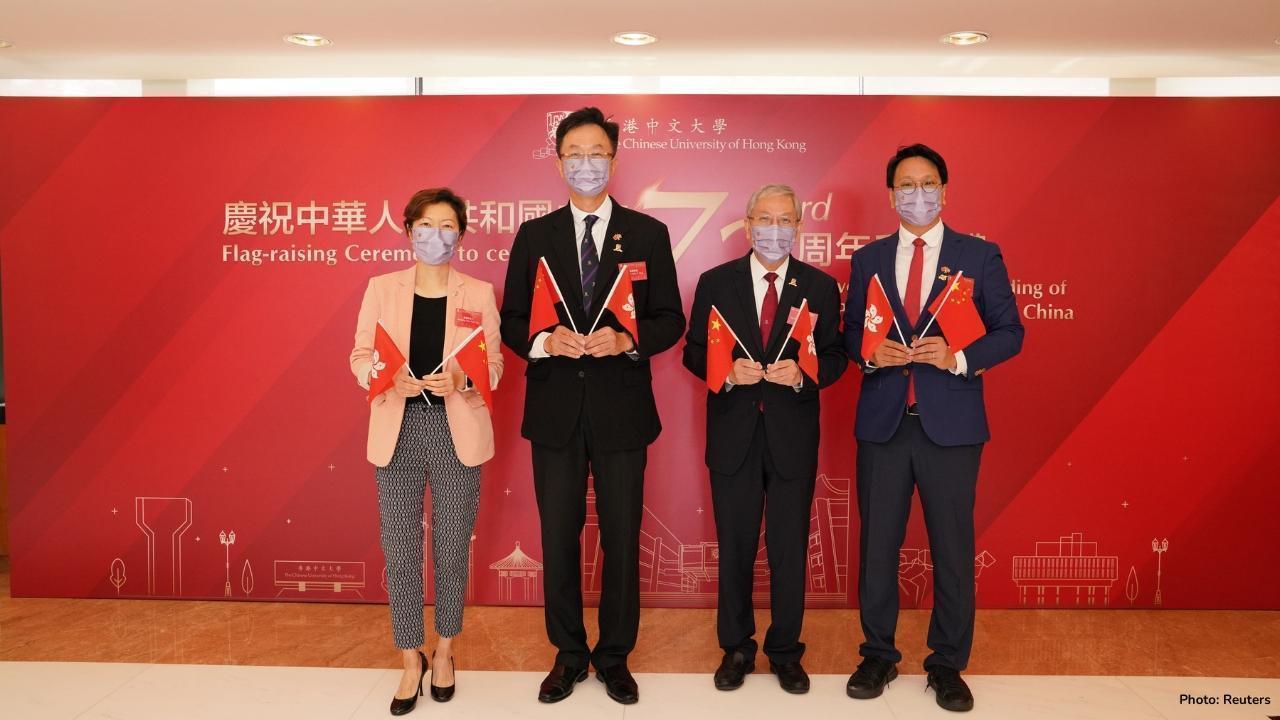

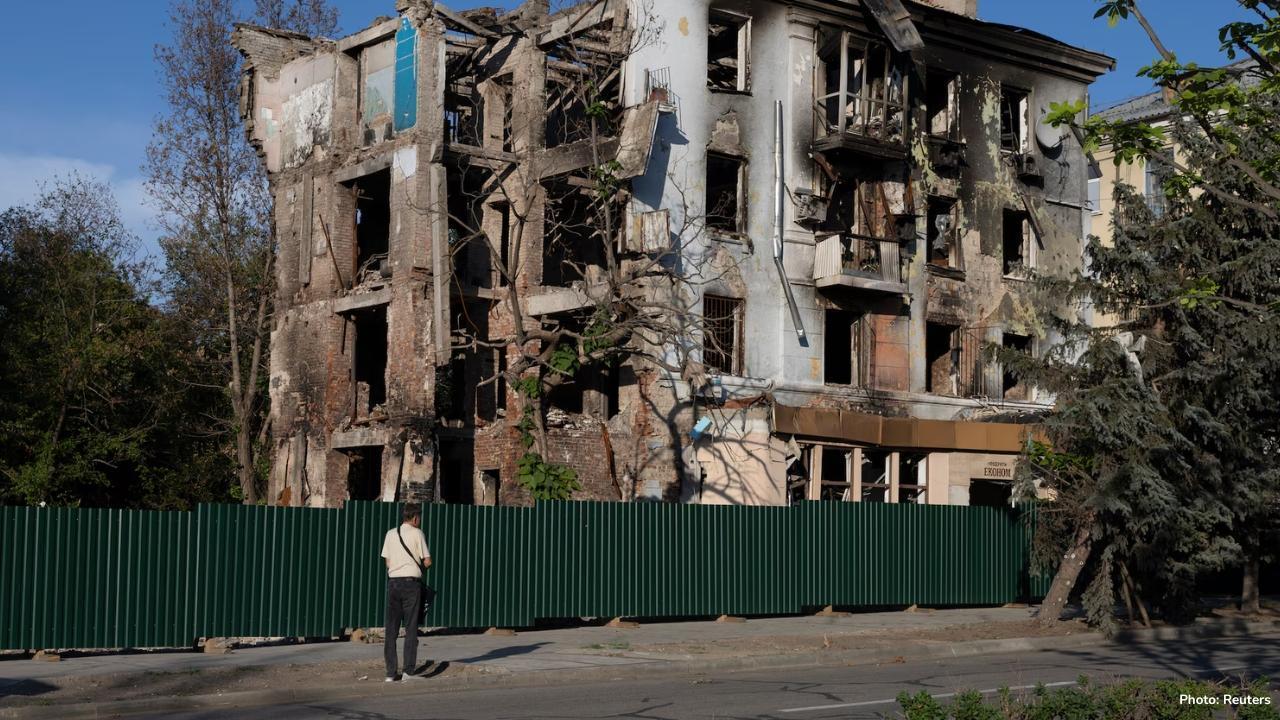
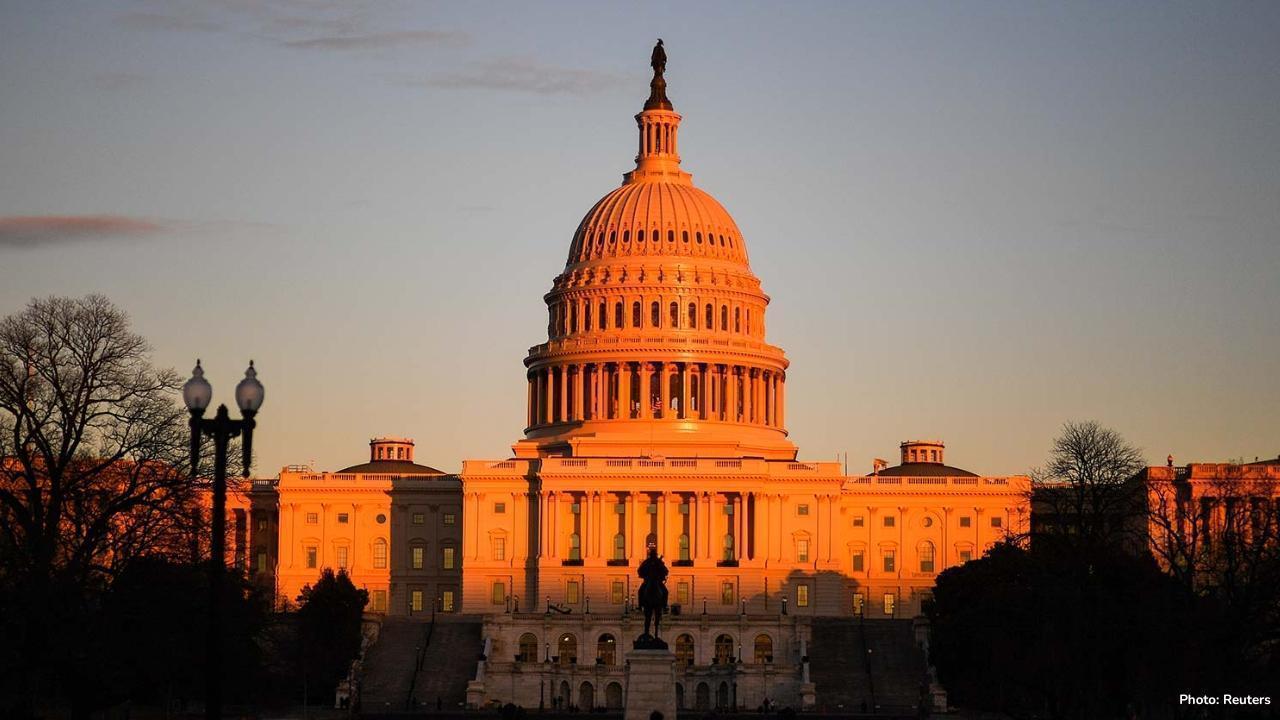
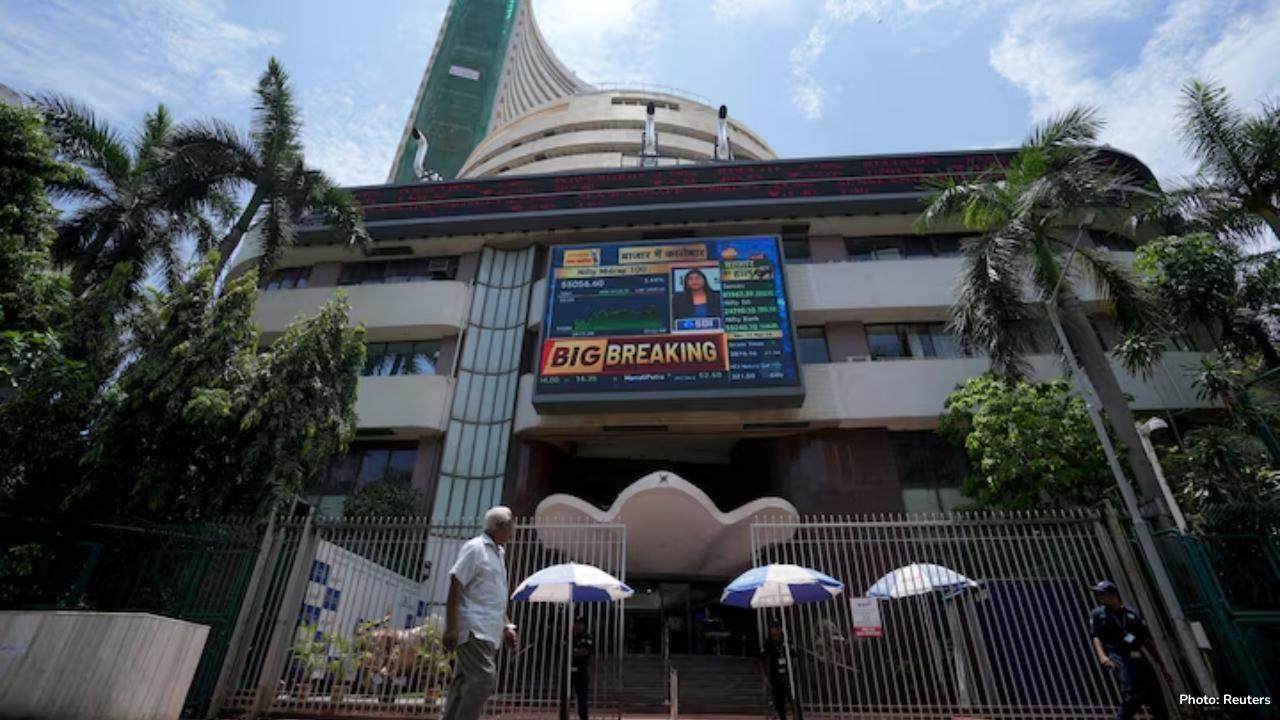


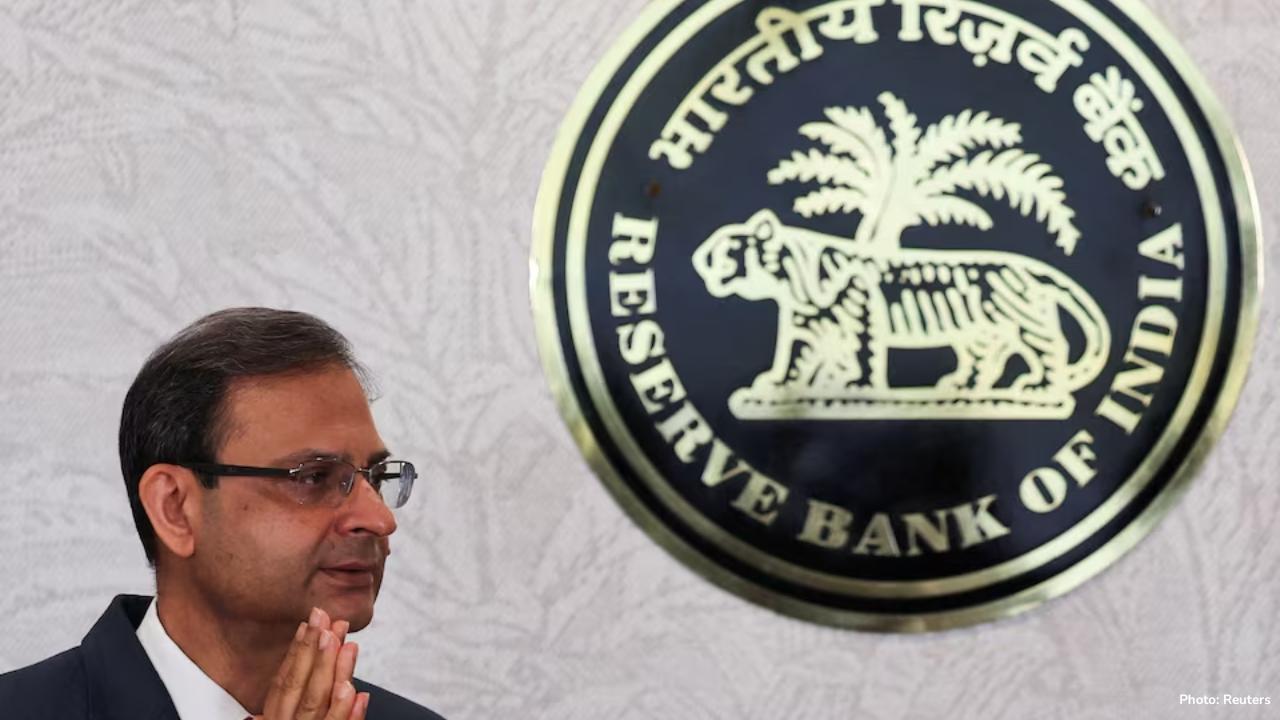
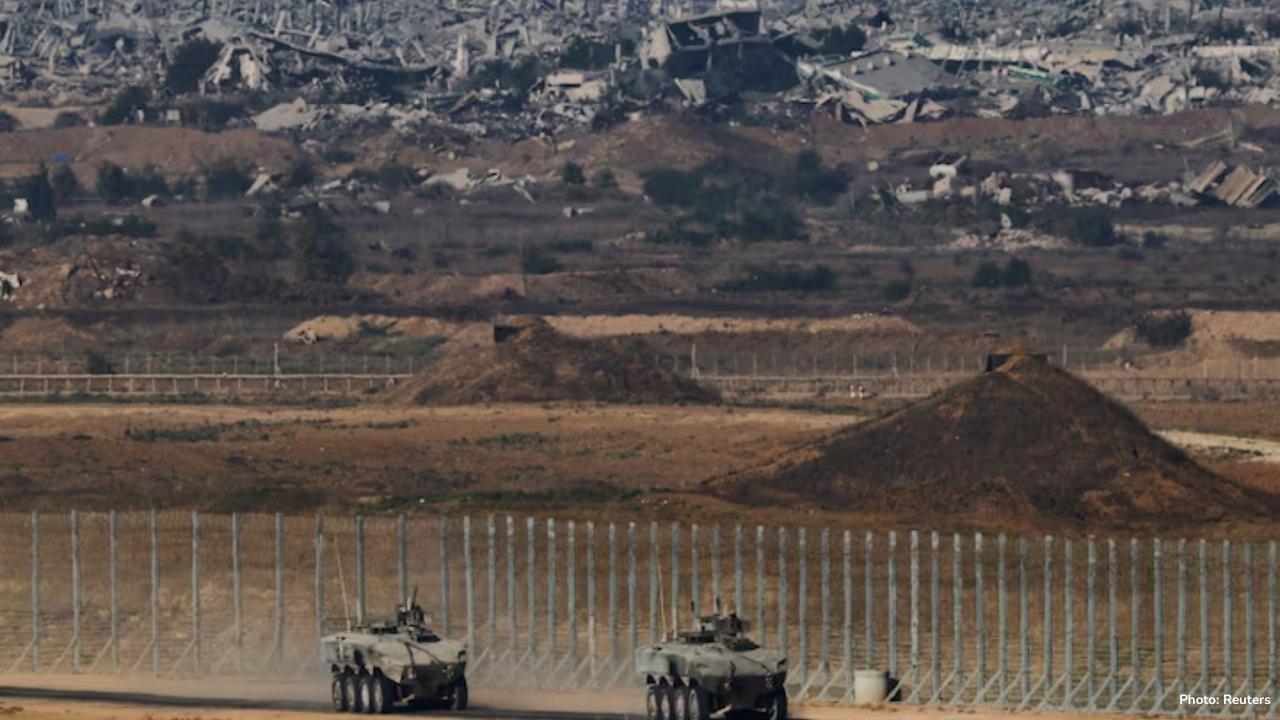

China Raises Flag at Disputed Shoal in National Day Ceremony
On China’s National Day, its coast guard held a flag ceremony at Scarborough Shoal, asserting contro

Netanyahu Bets Big on Trump’s Gaza Plan, Faces Home Risks
Netanyahu supports Trump’s Gaza peace plan to regain global support, but his far-right partners in I

Ukraine’s frontline cities face fear but refuse to give up
In Ukraine’s frontline towns, people live with fear and danger daily, yet they show courage, refusin

US Government Shuts Down After Congress Fails to Agree
On October 1, 2025, the U.S. government began a partial shutdown due to Congress's inability to pass

Foreign Investors Withdraw $2.7 Billion from Indian Stocks
Foreign investors pulled $2.7B from Indian stocks in September 2025, marking the third month of outf

Mahindra's SUV Sales Rise After India's Tax Cut
Mahindra's SUV sales to dealers increased by 10% in September 2025, following India's GST reduction